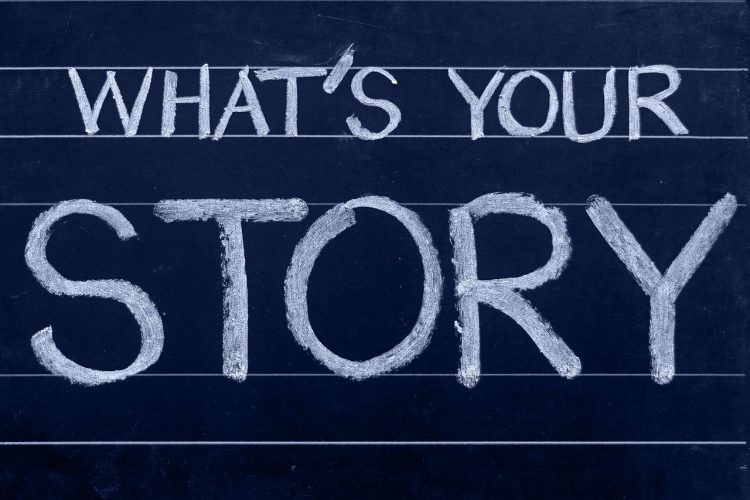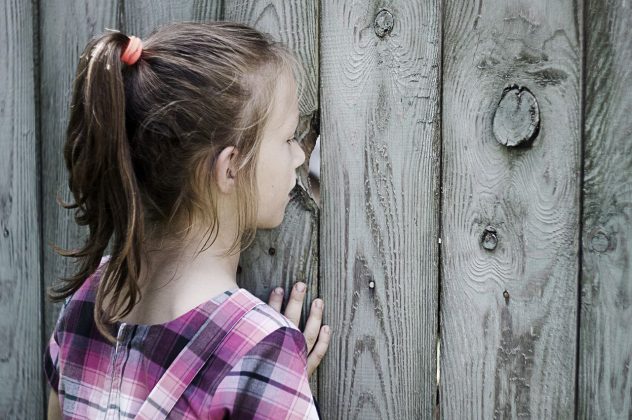(This post was recently published on the Nexus Education blog)
We don’t talk much about feelings in education. There are many reasons for that, but I think one of the most important is that many people don’t see what feelings have to do with “serious” learning—that is, the serious learning of the 5-year-old making sense of colour, the 12-year-old exploring trigonometry, or the 17-year-old studying literature. When we do hear discussion about feelings and emotion it tends to focus on the social and emotional needs of students. But here’s the problem: When we ignore the role of emotion in learning, we neglect one of the most powerful ways human beings make meaning of their experiences.
Like a lot of recent brain research shows, Mary Helen Immordino-Yang’s research in affective neuroscience disproves old beliefs that emotions interfere with our ability to think and reason. It simply is not true. In fact, the reverse is true. She notes: “It is literally neurobiologically impossible to build memories, engage complex thoughts, or make meaningful decisions without emotion.” (Source: Immordino-Yang in Why Emotions Are Integral to Learning [Book Excerpt] | Articles | Noodle). She describes how emotional engagement is crucial in all subject areas and for all ages of students: “Even in academic subjects that are traditionally considered unemotional, like physics, engineering or math, deep understanding depends on making emotional connections between concepts.” (Source: Ibid.)
So what does this mean for educators?
It means we need to leverage emotions in all learning contexts if we want to maximize learning.
The Story-Form Engages Emotion
I often hear the argument that educating people is easier now because there is a wealth of knowledge readily available on the internet. I hope to convince you that access to knowledge is not the greatest challenge that educators face. Making knowledge meaningful and memorable to students is. How often have you spent time “surfing the web” only to leave with absolutely nothing learned? How often have you read something and, soon after, completely forgotten about it?
It’s not access to knowledge that is our greatest challenge as educators—though the internet does offer us a great resource of course—helping students retain and enjoy that knowledge is. So what we need to do is enable our students to form an emotional connection with fractions, photosynthesis, and forces. We need them to feel something about cell division, citizenship, censorship, civil war. Dinosaurs, division, drama. (I could go on and on with this alphabet game.) When topics are shaped in ways that leave students feeling something about them, teaching becomes storytelling. And the story-form—the narrative—is one of the most powerful learning tools human beings have.
Finding The Story
The first and most important step to making anything you teach more memorable is this: Think about what it is about the topic that engages YOU. This is the emotional significance of the topic. Quick example: is it the richness of the air that engages you? We could spend our lives studying what constitutes the “empty” air around us. Or is it the permanence of water? We simply can not get rid of it. (Topics: Properties of the Air or Water Cycle, Elementary Science Curriculum)
You may find it odd that I have bumped learning objectives from centre stage and begin by seeking the story on a topic. I am not suggesting we throw out our learning outcomes or objectives (or whatever we currently call those “targets”)—these are crucial to teaching. Nor am I suggesting our classrooms be full of roller coasters of jubilation followed by gutt-rotting despair. Human emotions are much more varied and complex: curiosity, intrigue, joy, sadness, pleasure, fear, confusion, satisfaction, jealousy and on and on and on…
What I am suggesting is that objectives and outcomes do not acknowledge the role of human emotion in what is meaningful to them. They also do not form an emotional shape for the content we are teaching—that shape is the story. We need to acknowledge that the knowledge we retain, the knowledge that matters to us, has somehow engaged our emotions. So we need to talk more about feelings. When teaching becomes storytelling we, like our ancestors before us, make knowledge memorable and we maximize learning.
My work with educators in all contexts PreK-Higher Education and across subject-areas is about how to bring the imagination—that ability to envision the possible—to the heart of our teaching and learning. If you want to find out more about how to make your topics more meaningful and memorable to students click here: Tools of Imagination Series: Tips For Imaginative Educators. Connect we me and other in the Imaginative Education Research Group at Simon Fraser University in B.C., Canada.
Enjoy imaginED? Find out how to support our work.




Wonderful! Hilarious! So true! Thanks, Gillian.
Margit
Thanks for reading and commenting Margit. Right alongside your philosophy, I know!
Hi Gillian,
What you described is still true in the teaching of the natural sciences. I have vivid memories of my high-school days filled with pointless busy-work, “deflavorized” textbooks, unchallenging tests, and pervasive memorization of unrelated facts in a never-ending cycle. Despite our genuine interest in science outside of school, we drudged through our courses as mere bureaucratic obligations that held no association with the pleasure of discovering new and exciting things. It was hard for me to understand how school science could be so mind numbing while dealing with such fascinating topics. Why was school such a barren land? My teachers managed to kill the joy of learning with boring, unimaginative, and uncreative teaching strategies. We, students, perceived those predictable and pointless assessments as mandatory, tedious work designed only to keep us busy and away from our primary interests: superhero comic books, sci-fi movies, and TV series that we watched over and over again with pleasure and anticipation.
Indeed, the power of finding a good narrative is a great tool for presenting the material and enhancing learning. Making an emotional connection with the topic triggers a process that has the potential to transform the school experience in so many positive ways, as I have experienced in my recent practice. I would like to thank everyone from the IERG for disseminating this great approach.
Thank YOU Jailson for writing for imaginED about your very imagination-full and inspired Science teaching. Sadly, I think we all have had experience with dreary teaching. I hear you! But that’s why cognitive tools are so powerful–even small changes can turn things around.